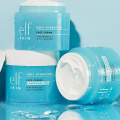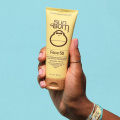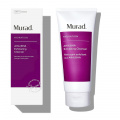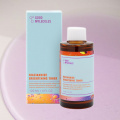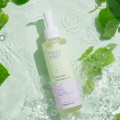Cold Plunge Benefits for Your Body: Dive into its Pros And Cons
Cold plunge or ice bath is an increasingly popular therapy. Here, discover how the cold plunge benefits in revitalizing your mind and body for optimal wellness.
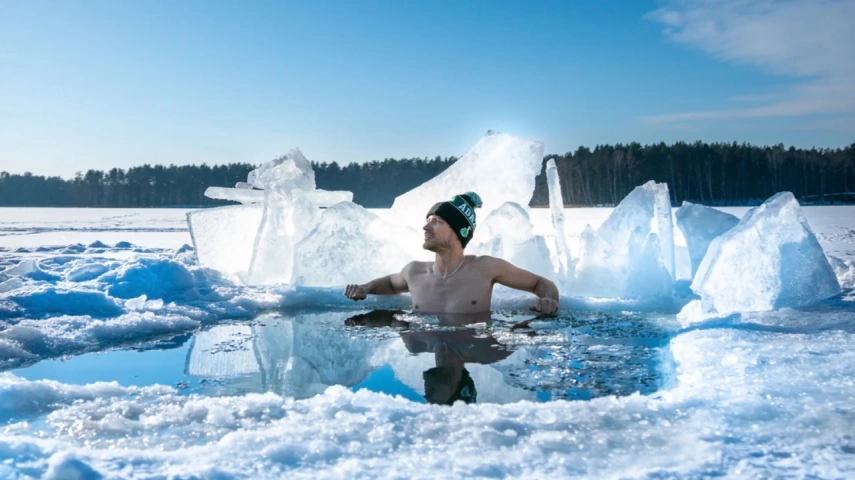
Engaging in a cold plunge benefits your overall mental and physical wellness. While warm showers are often favored for relaxation, there are numerous benefits associated with the use of cold water. Not only does it enhance both body and mind, but it also strengthens the immune system and alleviates muscle soreness. Additionally, cold water exposure can heighten alertness, motivating individuals to partake in increased physical activity. Let us now explore some valuable tips on initiating cold plunges, as well as the potential risks to be aware of.
What Is a Cold Plunge?
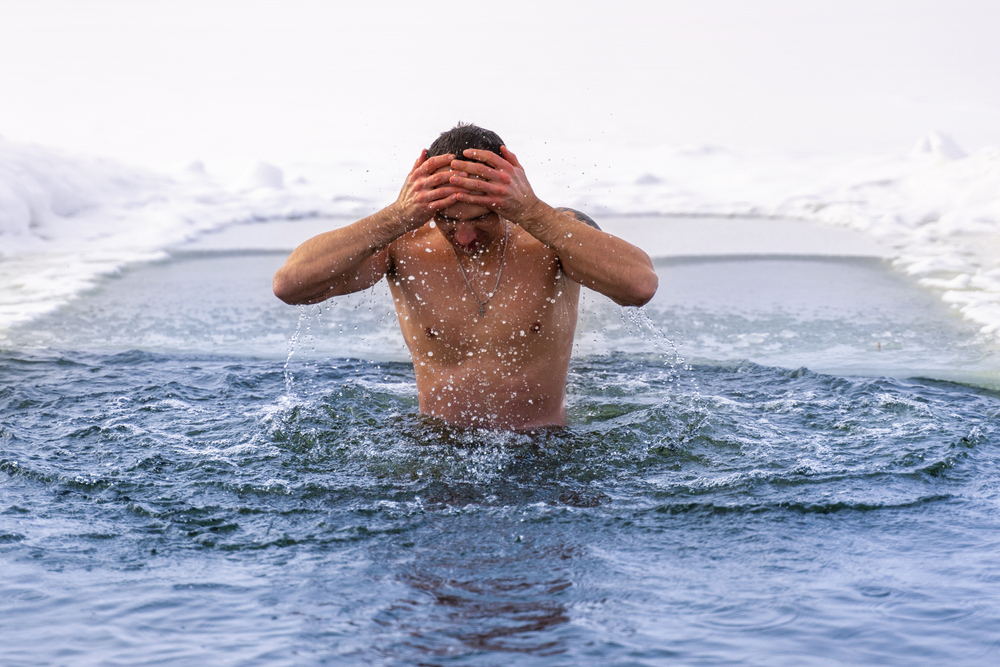
Cold plunges, or ice baths involve immersing your body in icy water for a brief period. It is also known as cold water therapy or cold hydrotherapy. This ancient practice has recently gained popularity due to its possible health benefits. Even in sports, it is used as a training regimen typically following a period of vigorous exercise.
According to scientific studies, cold plunges aimed at easing muscle pain should be done at temperatures between 50 to 59 °F or 10 to 15 °C (1). It is a great way to reduce inflammation, stress and helps to recover more quickly from strenuous exercise. Let's take a closer look at the benefits of an ice bath
What Are The Benefits of a Cold Plunge?
The cold plunge has the remarkable ability to offer a myriad of benefits by reducing your core body temperature. Among these benefits, one of the most significant is the emergence of mental endurance and discipline. By consistently subjecting yourself to cold temperatures, you can train your mind to become comfortable even in a state of discomfort. This may enhance your capacity to cope with various forms of stress.
A cold water plunge is also a form of therapy that teaches your body and mind to handle extremes and promotes a sense of control. The technique is also used to treat athletes who are susceptible to heat stroke. Here, discover the 10 potential benefits of a cold plunge for your mind and body discussed in depth.
1. Anxiety And Depression

Cold water alone cannot serve as a treatment for mental health disorders. However, there have been case studies suggesting that engaging in cold open water swimming has helped some individuals in mitigating feelings of anxiety and depression (2). Additionally, researchers have found that short, twice-daily cold showers can potentially alleviate symptoms of depression (3). Thus it helps in improving the overall mood.
2. Improves Circulation
For certain individuals, taking a cold shower can promote faster blood circulation throughout the body. This especially cold plunge benefits individuals with diabetes, high blood pressure, and poor circulation (4). Additionally, some people claim that cold showers have enhanced the appearance of their skin, likely due to the improved circulation they provide.
3. Accelerates Metabolism

Taking a cold shower two or three times per week may help to boost metabolism. Over time, it might aid in the fight against obesity. A study even proved that exposure to colds can increase energy expenditure and food intake. This may be due to the shivering which involves muscle contraction. Hence, some energy is used here which influences metabolic rate (5).
4. Works on Muscle Soreness
Cold plunge works well for athletes trying to minimize post-workout muscle discomfort.
Cold water immersion (CWI) minimizes muscle damage and delays the onset of muscle soreness (6),(7). A 2017 study found that CWI can lessen muscle soreness and inflammation following intense training sessions (8).
While some imply that CWI may slow muscle development and interfere with the overall training schedule. Therefore, it is wise to use them moderately (9).
5. Boosts Recovery
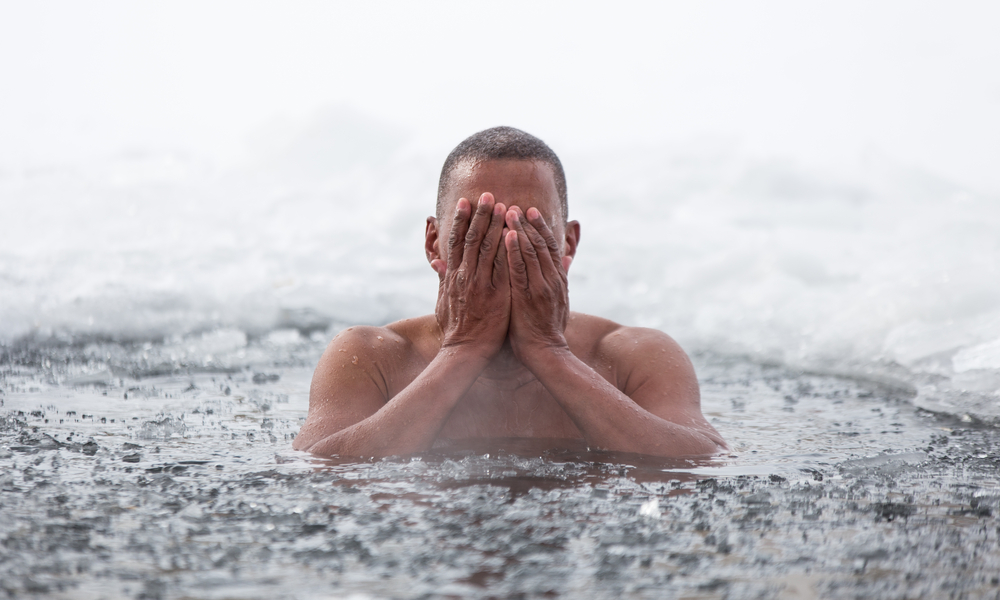
Cold therapy has traditionally been used to speed up recovery after exercise. It is well known to lessen tissue breakdown and swelling (10). It is also proven that 15 minutes of CWI at 10 °C, or 50 °F has enhanced overall recovery and wellness (11).
6. Decreases Inflammation
It effectively treats muscle inflammation, which is also one of the reasons for muscle soreness. When you are submerged in ice-cold temperatures, your blood vessels contract. This results in less blood flow to the area, which in turn leads to less swelling and inflammation (10).
7. Supports Immune System

It is believed that cold water therapy can have a positive impact on boosting the immune system. Apparently, this can enhance the body's ability to resist illnesses. Even some studies indicate that regular exposure to cold water may strengthen the body's defenses against tumors over a period of several weeks or months (12).
8. Improves Sleep
Your body's temperature will drastically drop when you take a cold plunge or even an ice-cold shower. This helps in the release of pineal melatonin which is scientifically proven to induce sleep (13).
9. Possible Weight Loss
It is believed that exposure to cold will increase your capacity to burn calories. Brown fat, a tissue that keeps the body warm and aids in the regulation of insulin and blood sugar levels, is also activated by CWI. Additionally, it increases calorie expenditure, which has sparked a question on the efficacy of cold plunge as a weight loss technique (5).
10. Modulates Hormones
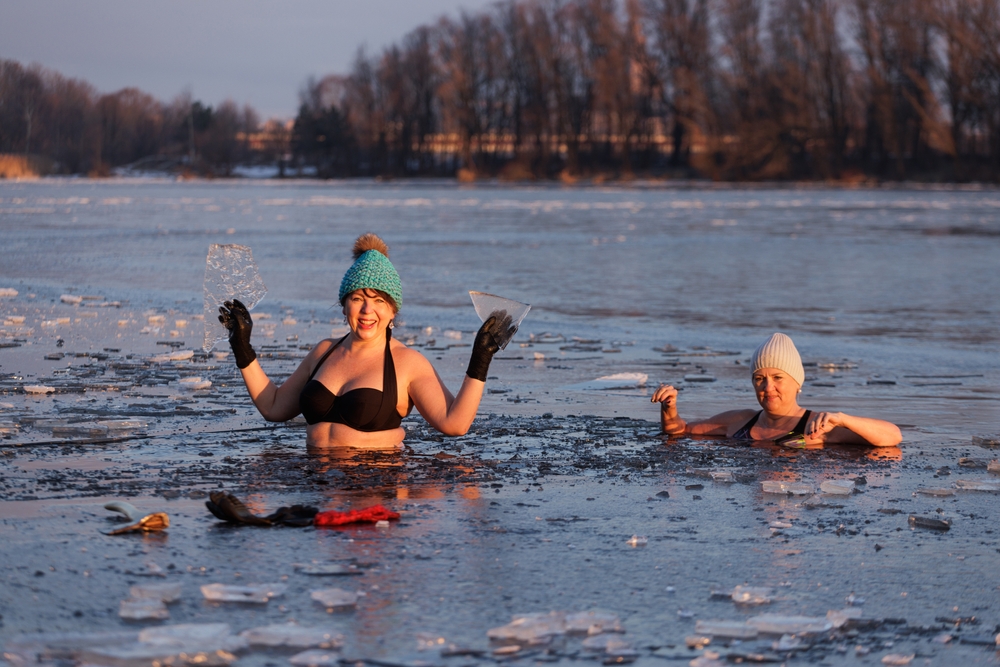
Cold plunges and showers aid in the release of endorphins, which are popularly known as the 'happiness hormones' (3). Likewise, cortisol, a hormone that causes stress, may also be reduced by cold water exposure (3). Thus, once again it proves that cold plunges can improve one's overall mood.
How Long Should You Cold Plunge?
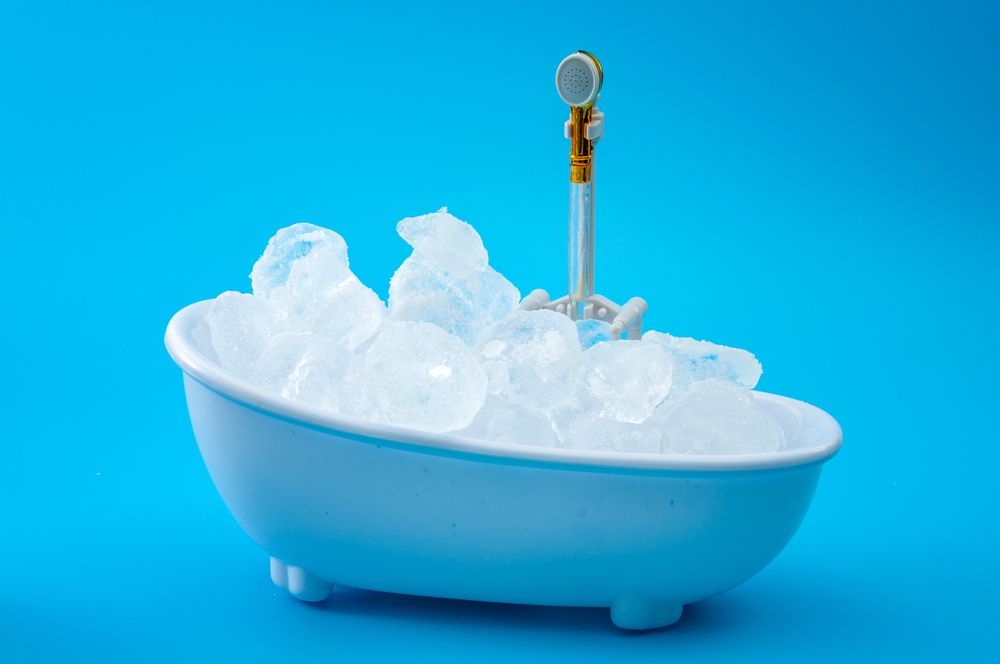
How long you should cold plunge is totally dependent on the water temperature and the surrounding environment. Warmer temperatures allow you for a longer immersion. But ultimately, the duration should be determined by your body's individual response at the given moment.
Some anecdotal evidence suggests that immersion periods should range from 10 to 20 minutes. While some even suggest a shorter duration of 5 to 10 minutes. However, no authoritative sources advocate an immersion for more than 20 minutes (4), (14).
If you are new to cold plunges, it is crucial to begin with short time intervals, typically ranging from 1-2 minutes. Then gradually extend the duration as your body becomes accustomed to the cold. It is important to note that once you start shivering, it is a clear indication that you have reached your limit!
Can You Cold Plunge Daily?
Yes, you can incorporate daily cold plunges into your routine. To maximize the benefits of cold baths, it is recommended to try daily short-duration plunges instead of opting for longer-duration plunges once a week.
Engaging in daily cold plunges can serve as a refreshing wake-up call. After a month of ice-cold baths, most of you may feel energized and alert. Some individuals even reported having healthier hair and skin due to improved blood circulation.
However, it is important to note that the National Centre for Cold Water Safety cautions that certain individuals may face an elevated heart rate during cold plunges (15). This could potentially increase the risk of stroke and heart failure. Thus, it is advisable to opt for daily cold plunges only if you feel comfortable and have no underlying health concerns.
How Often Should I Cold Plunge?
Some suggest that the ideal plunge duration when you fully submerge your body is 11 minutes per week at 59 °F.
However, it is recommended to start with a structured regimen like 2 to 3 days per week during the initial weeks. This approach allows you to monitor how your body responds to the new stimulus.
If you are curious about incorporating cold plunges into your daily routine, then you must know how to set up a proper plunge tub.
How to Set a Cold Plunge Tub?
- To begin, fill the bathtub with cold water to your desired level. Then gradually add ice.
- It is best to adjust the amount of ice slowly, while regularly testing the water temperature. Generally, adding 1 to 3 bags of ice should suffice.
- Aim for the water to be as cold as you can comfortably tolerate. Ideally, the water temperature should fall between 50 and 59 degrees Fahrenheit.
- Now that your DIY cold plunge is ready, start to submerge yourself gradually. A mere 2-3 minutes of immersion is typically enough to reap benefits. It is important not to exceed 10 minutes in the bath to prevent overexposure.
- Once the time is over, slowly exit the tub. Gently pat yourself dry with a towel and dress in warm clothing. You can also sip on a hot beverage for extra warmth.
How Much of Your Body Should You Submerge?
Many of us often have doubts about the proper technique for submerging ourselves in a cold plunge.
The crucial aspect to ensure is that a significant portion of your skin should be immersed in cold water. Merely running your wrists under a cold tap is not termed a 'cold plunge'. It is essential to submerge your entire body gradually.
First, begin by immersing your feet and then slowly ease the rest of your lower body into the water. Also, abruptly plunging into cold water can potentially shock your system. So it is advisable to take your time and allow yourself to adjust. Take slow and deep breaths to maintain calmness and help stabilize your heart rate.
Cold Plunge Risks
Jumping into cold water may sound cool. But they do come with some possible side effects. Having explored the cold plunge benefits thus far, let's now delve into the associated risks.
Cold Shock
When the body is exposed to cold water, it undergoes a physiological response known as cold shock (16). This response can lead to an immediate increase in heart rate, blood pressure, and breathing rate. Cold shock may cause a sudden gasp reflex, which can result in inhaling water and potentially lead to drowning. So if you are a newbie, be prepared for a 'shock'.
Cardiac Arrest
Sudden exposure to cold water can trigger a dangerous cardiac response, especially in individuals with underlying heart conditions. The shock from the cold can induce an irregular heartbeat, potentially leading to cardiac arrest (17). Sometimes, this can also be fatal.
Hypothermia
Extended exposure to cold water can cause a decrease in body temperature, leading to hypothermia. Hypothermia happens when the body drains heat more quickly than it can generate it. This results in a core body temperature below normal levels (4).
Physical Incapacitation
Cold water can induce muscle cramps, stiffness, and reduced muscle strength, making it challenging to swim or perform necessary movements to stay afloat. In a case, it even led to a decrease in muscle hypertrophy (muscle building) (18). +
Conclusion
Cold plunge benefits extend beyond its revitalizing effects. Engaging in cold plunges may improve your circulation and immune system. Cold plunges have been found to boost metabolism, which may aid in weight loss too. Moreover, they can alleviate muscle soreness, reduce inflammation, and enhance muscle recovery after intense physical activities. They also help combat stress, anxiety, and depression. That's why it is not just a widely practiced sports therapy, but also pursued for the sake of overall mental wellness. Unfortunately, it also comes with some possible side effects. Thus take the process slowly, and listen to your body’s signals to get the best results out of a cold plunge.





 JOIN OUR WHATSAPP CHANNEL
JOIN OUR WHATSAPP CHANNEL






































